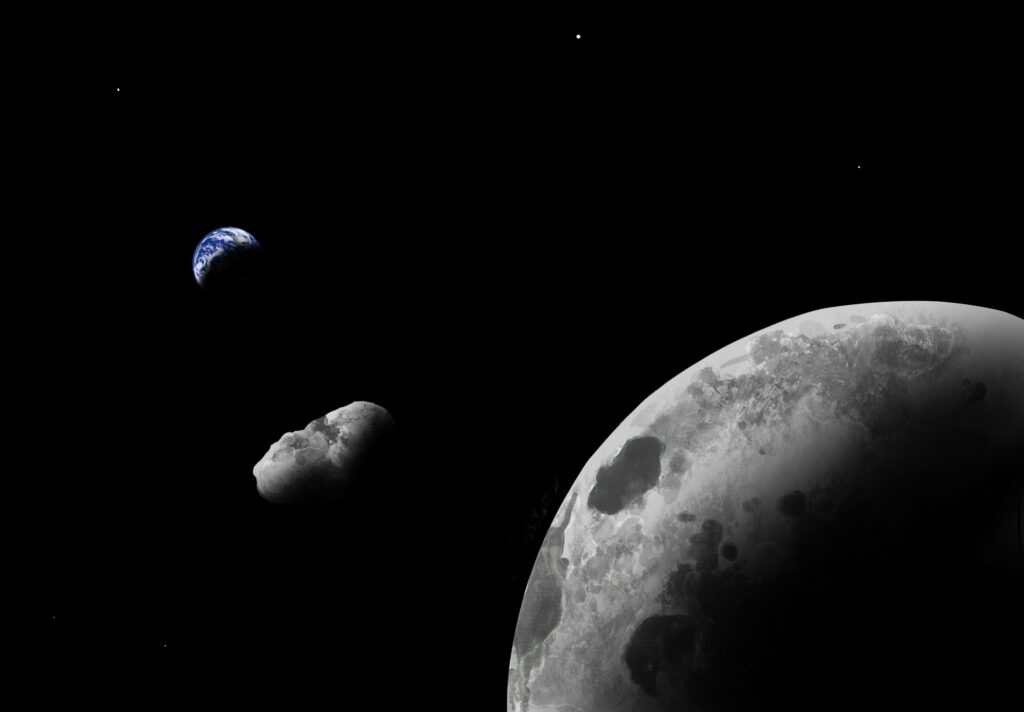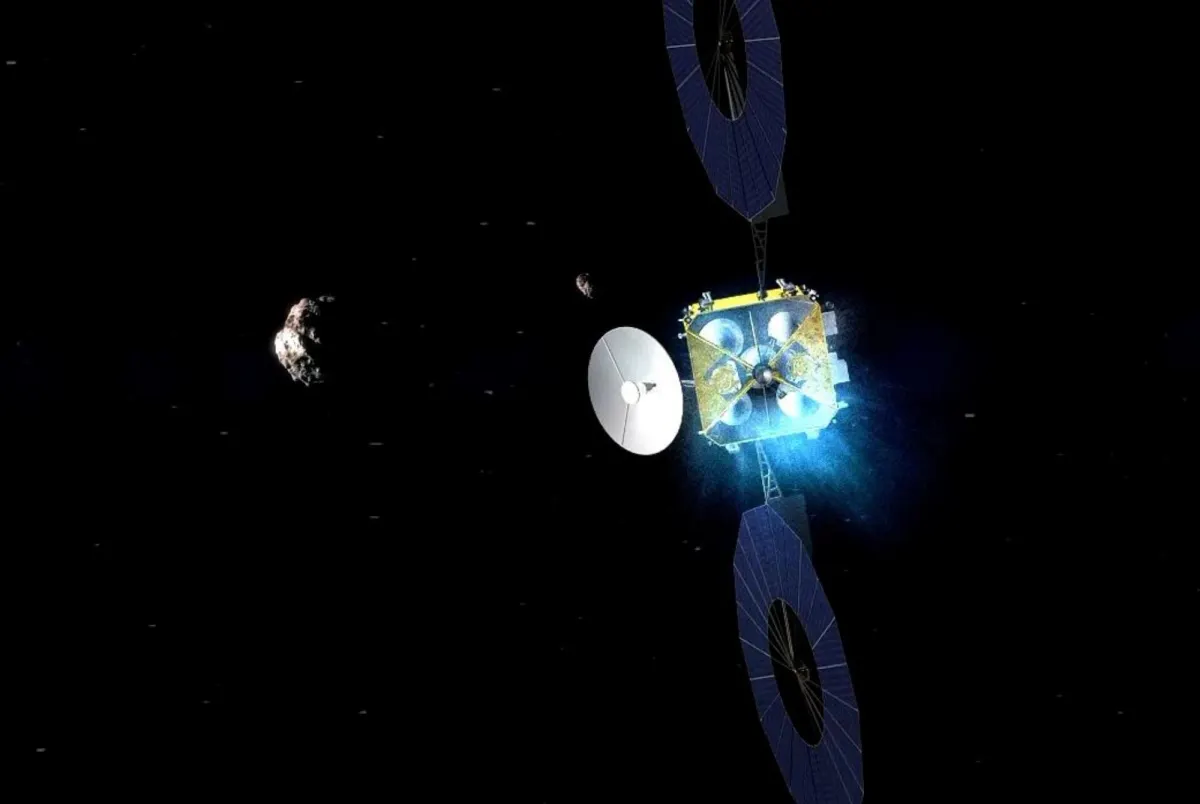In 2025, China will launch the Tianwen-2 mission, the purpose of which will be to deliver to Earth a sample of soil from the asteroid Kamoʻoalewa. This was announced by Bian Zhigang, deputy head of the China National Space Administration (CNSA).
Mission to Earth’s quasi-satellite
Asteroid Kamoʻoalewa was discovered in 2016. It is a relatively small space boulder with a diameter of about 40-50 meters. Kamoʻoalewa has attracted the attention of astronomers for being a quasi-satellite of Earth. This is the name given to objects that are in a 1:1 orbital resonance with our planet, allowing them to remain close to it for many orbital periods.

Another interesting feature of Kamoʻoalewa is that its spectrum is completely different from typical near-Earth asteroids. It most closely resembles the lunar rock samples delivered by members of the Apollo 14 expedition. Scientists have hypothesized that it may represent debris dislodged from the surface of the Moon as a result of a powerful collision.
For this reason, Kamoʻoalewa was chosen as the primary target for the Tianwen-2 mission. The spacecraft will be launched in 2025 using a Long March 3B rocket. After Tianwen-2 reaches the asteroid, it will carefully study it, then try to gain a fix on its surface. After taking a soil sample, the probe will detach from Kamoʻoalewa and perform a maneuver that will put it on an Earth flyby trajectory. After reaching our planet, Tianwen-2 will drop a capsule with the collected samples. The time of the drop is expected to be 2028.

After that, the probe will head into the Main Asteroid Belt to the 300-meter object known as 311P/PANSTARRS. Its main feature is the presence of a comet-like tail. Scientists have different assumptions about the nature of this celestial body. According to one theory, it is actually a comet. According to another, the tail consists of material ejected from the surface of the body as a result of its rapid rotation. Tianwen-2 is expected to reach 311P/PANSTARRS in the mid-2030s.
Chinese missions to the Moon, Mars and Uranus
Bian Zhigang also spoke about the launch timetable for the next interplanetary missions of the Celestial Empire. Chang’e-7 and Chang’e-8 will be sent to the South Pole of the Moon in 2026 and 2028. The first will explore the environment and search for water, while the second will conduct experiments on the use of local resources.
The Tianwen-3 mission is expected to be launched in late 2028. It will have to take a sample of Martian soil and then deliver it to Earth.
The Tianwen-4 mission is scheduled for launch in 2030. It consists of two vehicles. The first one will be equipped with solar batteries and is designed to study Jupiter. It will enter orbit around the planet in 2034. The target of the second, smaller and equipped with a radioisotope power source, will be Uranus. It will fly by the seventh planet in 2045.
According to Spacenews


